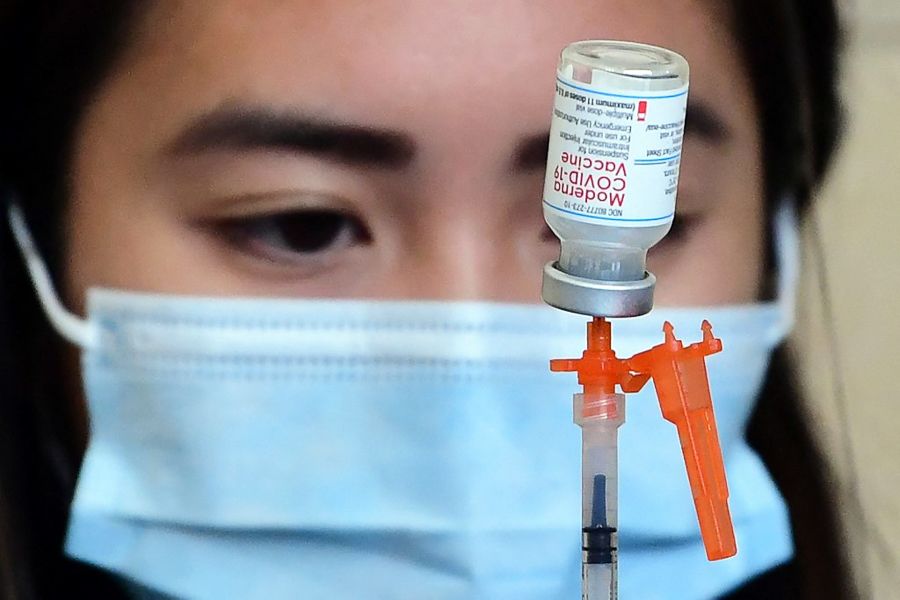On Wednesday, June 15, a group of specialists that was organised by the United States Food and Drug Administration will meet to discuss whether or not they should suggest COVID-19 immunizations for the nation’s youngest children. This comes after some parents have had to wait anxiously for many months.
In the United States and the majority of other nations, the only age group that is not yet eligible for the COVID-19 immunisation is children under the age of five. If the panellists decide in favour of giving the go-ahead to Pfizer and Moderna’s vaccinations, as is widely anticipated to happen, official authorizations should shortly follow, and the first injections in arms are anticipated to take place within the next week.
Ahead of the conference, the FDA published the results of its independent studies on each of the medications, concluding that they are both efficacious and safe. In addition, it was said that there was a significant unmet need to vaccinate children of this age group since their rates of being hospitalised and dying “are greater than between children and teenagers 5-17 years of age.”
Both vaccines are based on a technique known as messenger RNA, which transports the genetic code for the coronavirus spike protein to human cells. This prepares the immune system for the time when it will come into contact with the actual virus.
Pfizer wants the FDA to approve its vaccine in the form of three doses of three micrograms each, to be administered to children aged six months to four years. On the other hand, Moderna wants the FDA to approve its vaccine in the form of two doses of 30 micrograms each, to be administered to children aged six months to five years.
They were put through testing with thousands of youngsters, where it was discovered that they caused the same levels of moderate side effects as they did in older age groups and that they activated the same amounts of antibodies.
Efficacy against infection was higher for Pfizer, with the company placing it at 80 percent, compared to Moderna’s estimates of 51 percent in the group of children aged six months to two years old and 37 percent in the group of children aged two to five years old. Pfizer’s estimate was significantly higher.
However, these numbers should be considered preliminary, and Moderna is now investigating the possibility of adding a third dosage at a later time, which might result in higher values.
There are around 20 million children in the United States who are under the age of four. If the experts who have been nominated by the FDA decide that the two vaccinations should be recommended, the case will be sent to a different committee that has been assembled by the Centers for Disease Control and Prevention for a final decision.
Officials from the White House said last week that the distribution of millions of vaccinations to pharmacies and doctor’s offices might begin as early as the 21st of June, immediately after the Juneteenth holiday which takes place on the 20th.
According to the most recent official statistics, 480 of the total COVID-19 fatalities in the United States have occurred in children under the age of five.
The Food and Drug Administration (FDA) stated in a document that while obesity, neurological disorders, and asthma are linked to an increased risk of severe disease, “however, a majority of children hospitalised for COVID-19 -19 have no underlying medical conditions.” This was stated in reference to COVID-19.
Children run the risk of developing a post-viral illness known as multisystem inflammatory syndrome in children (MIS-C), which is uncommon but may have severe consequences.
There is a paucity of data on long-COVID in children; however, a document published by the FDA cited a national survey conducted in the United Kingdom, which found that “among children ages two to 11 years who tested positive for COVID-19, 7.2% reported continued symptoms at 12 weeks.”
